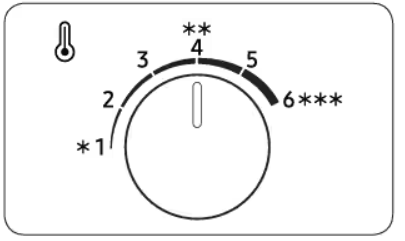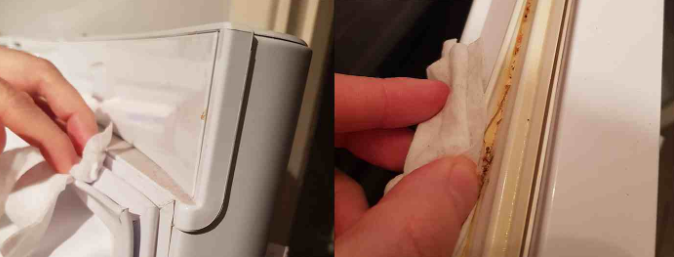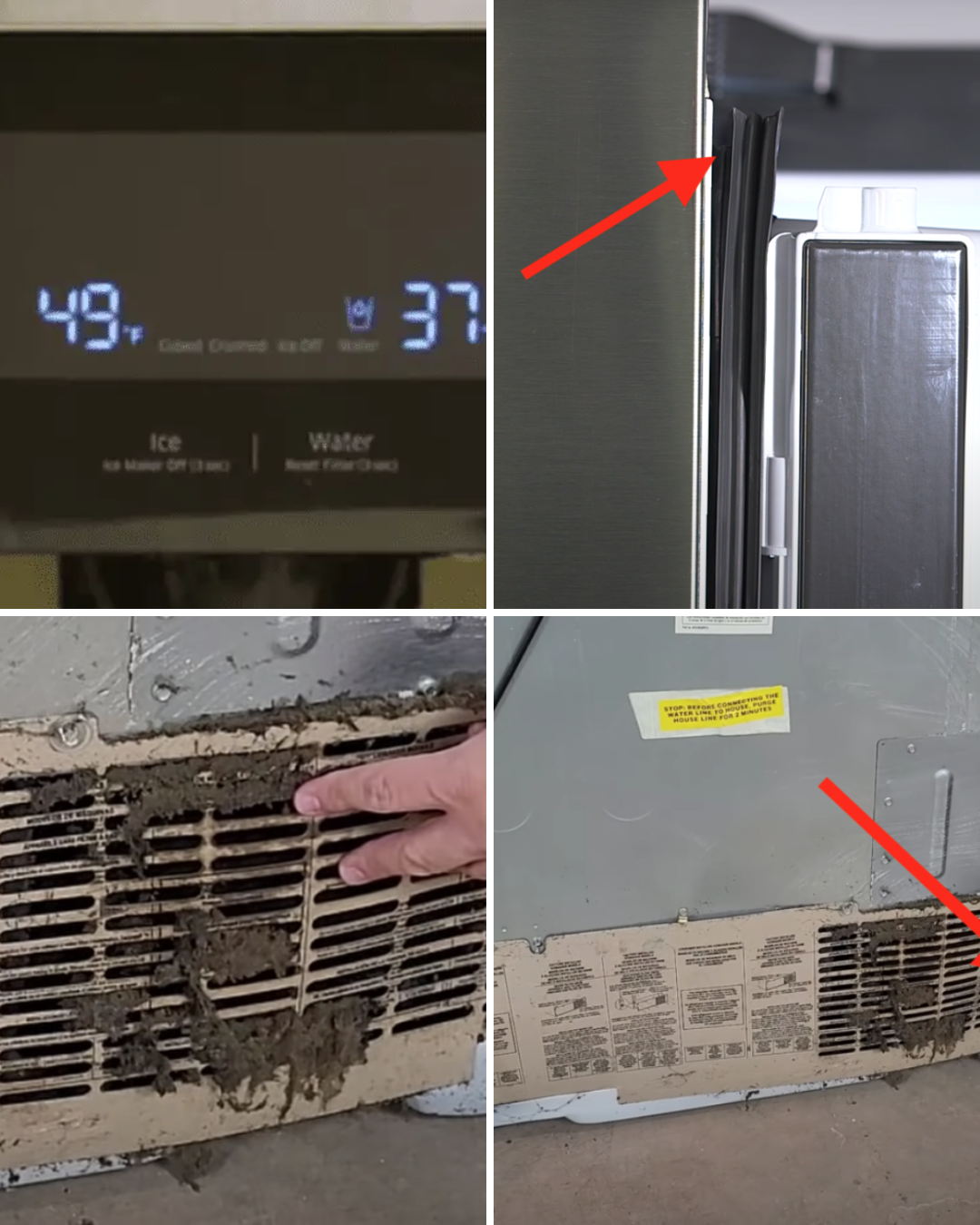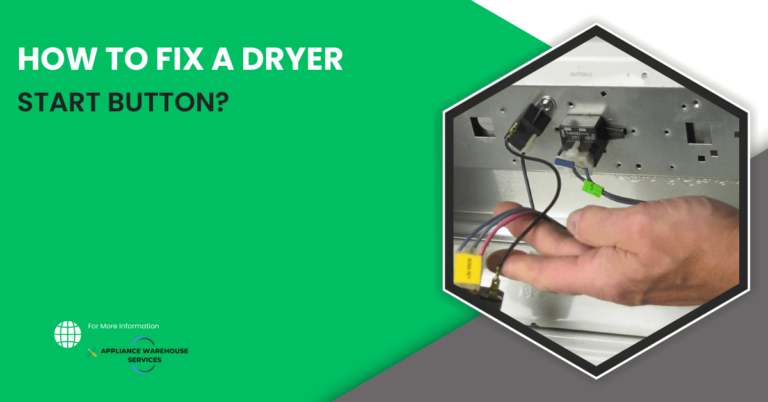Short answer: If your Samsung freezer isn’t freezing, ensure the power is on and the settings are correct. Check for obstructions in vents, clean coils, and inspect seals.
Samsung, a global giant in electronics, has developed a range of top-notch refrigeration products. However, like any appliance, there might be occasions when a Samsung freezer doesn’t function as expected, notably not reaching the desired freezing temperature. Such issues can be alarming for homeowners, given the potential loss of stored food and increased energy bills. Understanding why a Samsung freezer might not be freezing can aid in troubleshooting and help users take proactive measures to rectify the problem.
Common Causes Of A Samsung Freezer Not Freezing
Temperature Settings Set Too High:

Most freezers allow users to set the desired temperature. If mistakenly set too high, the freezer may not reach freezing temperatures. It’s essential to ensure the settings align with recommended freezing temperatures, usually around 0°F (-18°C).
Power Outlet or Compressor Issues:
If the power outlet is faulty, the freezer won’t receive the required electricity. Similarly, the compressor, which circulates refrigerant and cools the interior, might fail due to wear and tear or electrical problems, leading to a non-freezing freezer.
Buildup of Frost:

Excessive frost can hinder the freezer’s efficiency. A thick layer of ice can act as insulation, preventing the freezer from cooling adequately. Modern freezers often have a defrost function, but sometimes manual defrosting might be necessary.
Incorrect Placement of Food:
Overloading the freezer or blocking vents with food items can impede air circulation. This can lead to uneven cooling, with some sections freezing properly while others remain warmer.
Dirty or Damaged Door Seal:

The door seal ensures the cold air stays inside. If it’s dirty, cold air may leak out, reducing the freezer’s efficiency. A damaged seal can have a similar effect, so regular inspection and cleaning are vital.
Dirty Condenser Coils:
The condenser coils release the heat extracted from inside the freezer. If they’re covered in dust or dirt, they won’t dissipate heat efficiently, leading to reduced cooling capabilities.
Start Relay Failure:
The start relay jump-starts the compressor. If it’s defective, the compressor might not run or may run intermittently, resulting in the freezer not maintaining freezing temperatures.
Leaking Coolant System:
The refrigerant or coolant is crucial for the cooling process. If there’s a leak, the freezer won’t have enough refrigerant to cool effectively, leading to higher temperatures inside.
Main Control Board Failure:
The control board regulates most of the freezer’s functions, from temperature settings to defrost cycles. A malfunctioning board can disrupt these processes, causing the freezer to malfunction.
What To Do When The Samsung Freezer Not Freezing?
Unplug the Freezer and Check the Power Outlet:
- Unplug your freezer.
- Plug another device (like a lamp) into the outlet to ensure it’s working. If it isn’t, the issue may be with the outlet or your home’s electrical system.
Check Temperature Control Settings:
- Ensure that the temperature settings are set to the recommended levels. Typically, the freezer should be around 0°F (-18°C).
- Adjust if necessary.
Check Refrigerator and Freezer Doors:
- Ensure they close securely and there are no obstructions preventing a tight seal.
- Examine the door seals for dirt or damage. Clean them with a mild detergent or replace if they’re damaged.
Check and Clean Condenser Coils:

- Locate the coils, often found at the back or beneath the unit.
- Use a brush or vacuum to remove any accumulated dust or debris.
- Clean them gently to avoid damage.
Check the Condenser Fan:
- Found next to the condenser coils, this fan cools the compressor and propels air over the coils.
- Ensure it’s not obstructed and spins freely. If it doesn’t run when the compressor is active, it may need replacement.
Check the Compressor Relay:

- The relay powers the compressor.
- Disconnect the appliance from the power source. Remove the relay from the compressor and shake it. If you hear a rattle, it may be faulty and need replacement.
Check the Evaporator:
Frost should evenly cover the evaporator coils. If it’s too thick, a defrost may be necessary. If there’s no frost at all, the evaporator might not work correctly.
Check the Defrost Timer:
- This controls the intervals between automatic defrost cycles.
- Rotate the timer using a screwdriver. If the freezer starts a defrost cycle, the timer might be defective and need replacement.
Check the Evaporator Fan:
- Located near the evaporator coils, this fan circulates cold air inside the freezer.
- Ensure it runs when the compressor is active. If not, it might be blocked or defective.
Check the Defrost Drain:
- This drain can get clogged, leading to water build-up and ice.
- Locate the drain and clean it out using warm water and a mild detergent. You can also use a turkey baster or a small funnel to flush it out.
FAQs
Are there any warning signs before a Samsung freezer stops freezing?
Some warning signs might include unusual noises, the freezer cycling on and off frequently, food not remaining solidly frozen, or a notable increase in your electricity bill.
Can frequent opening and closing of the freezer door cause it not to freeze properly?
Yes, frequent opening can let warm air in and make the freezer work harder. Over time, it may decrease the efficiency of the freezer.
Is it safe to eat food from a freezer that has stopped freezing?
Foods that have thawed but are still cold can be cooked or refrozen. However, if food has reached room temperature and stayed there for over 2 hours, it’s best to discard it.
How often should I defrost my Samsung freezer?
If your freezer isn’t a self-defrosting model, you should defrost it whenever the ice buildup exceeds a quarter-inch in thickness.
Will stacking food against the freezer walls impact its performance?
Yes, it can hinder air circulation. For optimal performance, ensure there’s some space between food items and the freezer walls.
My freezer isn’t freezing, but it’s making a loud humming noise. What might that indicate?
A loud humming or buzzing could be indicative of a faulty compressor, fan blade obstructions, or other mechanical issues.
Is it more cost-effective to repair a malfunctioning freezer or buy a new one?
It depends on the age of the freezer and the nature of the problem. For minor issues, a repair might be more cost-effective. For older models with major issues, replacement might be more economical in the long run.
Conclusion
When a Samsung freezer ceases to freeze properly, it can be a source of significant concern. The preservation of our food and the efficiency of energy consumption rely heavily on this appliance working optimally. The myriad potential causes, ranging from temperature settings and door seal conditions to more technical issues involving the compressor or evaporator, highlight the complexity of modern refrigeration systems. While many of these issues can be addressed with regular maintenance and some basic troubleshooting, certain complications may require professional intervention. Regardless of the cause, it’s essential to approach the problem promptly to ensure food safety and minimize energy wastage. As with all household appliances, regular checks, timely interventions, and understanding the intricacies of the freezer can significantly prolong its lifespan and ensure consistent performance.






